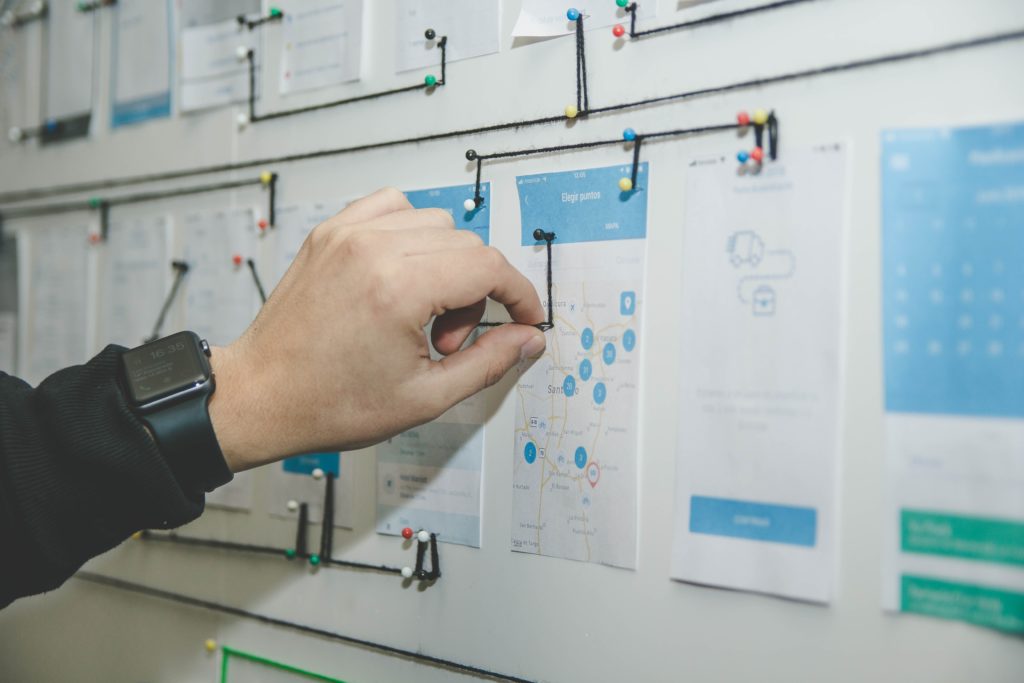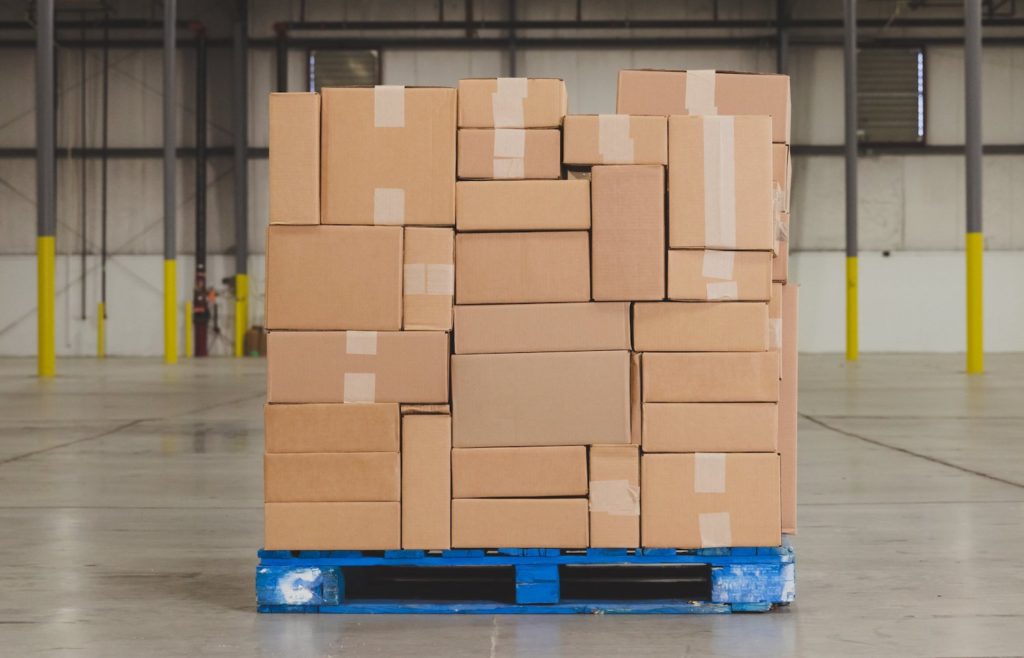
The Mega Transportation Management Trend in 2020
The transportation industry is facing some of its greatest challenges in recent memory. Never before has there been so much demand. Demand is coming not only from consumers who increased their online spending by 16 percent this year (as physical store sales decreased by 6 percent) but from manufacturers and distributors who are forced to keep up with the expectations of their end customers to deliver more product at a faster pace. This expedited shipping is escalating costs, particularly as many companies are having to absorb those shipping costs to remain competitive.
As we enter 2020, we can expect to see one major theme in the next year.
Increased Focus on Mitigating Weather and Climate Risks
One of the biggest obstacles to on-time delivery is transportation delays. Supply chain efficiency is dependent upon on-time deliveries. A single delay anywhere in the supply chain can mean OTIF requirements can’t be met, resulting in fees, lost business, and damaged reputations. The problem with transportation delays is that many of them are unpredictable and improperly managed.
Transportation delays are often a result of the weather. While the earth’s temperature has only risen about one degree Fahrenheit in the last 100 years, even this small change is having a big impact. Scientists predict the Earth’s temperature will continue to rise, potentially causing more extreme weather events and temperature swings. More severe hurricanes, flooding, tornado outbreaks, and even wildfires may be on the rise.
What does all this have to do with transportation? Potentially, everything. AccuWeather says, “Transportation is one of the biggest contributors to the cost of goods, and if weather disrupts production and shipping lines, it will also disrupt the price [consumers] are used to paying for [their] groceries and goods.”
The weather can also impact transportation infrastructure. Higher temperatures, for instance, can damage railroad tracks and roadways. Floods can wipe out roads. Tornadoes often destroy bridges and overpasses. The World Meteorological Organization released a report on climate change and its impact on surface transportation, concluding, “The impact of weather events on transportation operations and the impact of climate change on transportation infrastructure will be significant, as weather extremes change in both frequency and intensity.”
With all of this in mind, in 2020 companies will invest in AI software that makes weather events more predictable and, therefore, less risky to logistics. Companies will utilize the software to automatically detect and analyze potential risks as well as automate the task of finding lower-risk alternatives to current plans.
The detection component is more than simply recognizing a storm is coming. Today’s software is AI-enabled, meaning it can do much more. For instance, Riskpulse has a system that will scan open shipments up to 10 days before tender for potential risks, such as inclement weather, extreme temperatures, social hazards, infrastructure outages, and natural disaster zones. It takes into account the shipment’s origin, destination, pickup time, and projected arrival time, then scores each shipment to provide an easy way to assess the severity of each risk. It even indicates where each risk is likely to occur along the shipping lane. All of this data is displayed on a dashboard as well as in a TMS by using an API. This is the kind of automation and integration that will enhance the effectiveness of a TMS application.
The software provides an in-depth analysis of the data as well to give transportation leaders the ability to quickly see where changes can be made in scheduling, equipment type, transportation mode, and lanes. This will give companies the ability to decide how much risk they are willing to take on each shipment. By making smarter, data-backed decisions, leaders will have a greater capacity to reduce costs, even while meeting OTIF requirements. This is a capability that no manual spreadsheet or homegrown tool can do.
Because the system is automated, companies will have comprehensive data gathered and evaluated from multiple data sources instantly. With robust reporting and “what-if” capabilities, transportation management leaders will be able to not only see the highest potential risks facing each shipment but be able to make decisions as much as 14 days prior to tender to reduce those risks that threaten to delay shipments and escalate costs.
Technology Is the Differentiator
Companies cannot afford to lag behind, relying on labor-intensive, manual spreadsheets and efforts to detect, analyze, and predict risks that face their ability to effectively manage transportation. AI and predictive analytics will continue to supercharge software, giving companies unprecedented access to tools to visualize risks early for a proactive response.
Companies that embrace this emerging technology can expect to see greater efficiencies and more confidence in their decisions that inevitably lead to lower costs and fewer disruptions to shipments. In fact, these capabilities will likely prove to be a differentiator. For instance, as more companies jump on the OTIF bandwagon, companies that can prove they can consistently meet those strict standards will be preferred over those who still struggle.
As companies evaluate whether the cost of investing in such systems is worth it, they must assess the risks of continuing to depend on legacy applications and manual processes to manage transportation risk.



